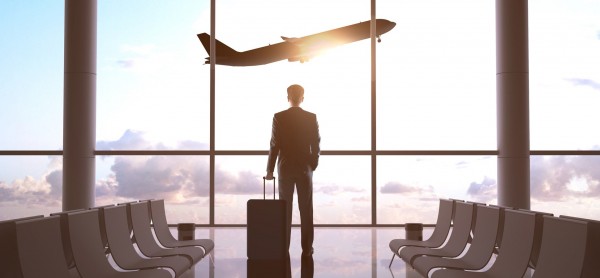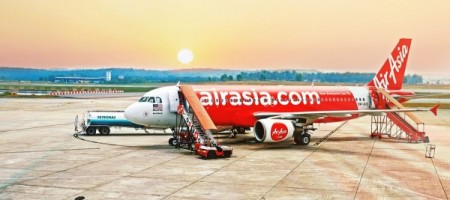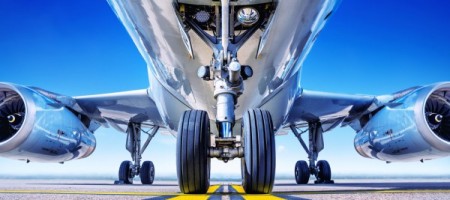India’s high-powered economy is once again set to lead the way when it comes to global business travel. According to the Global Business Travel Forecast 2018 published by American Express, the outlook for international business travel is generally optimistic. Demand for business travel started to rebound last year, and is expected to grow over the next 12 months.
Despite some missteps in 2017, the Indian economy is the fastest growing in Asia, with its GDP growth set to top 7.4% in 2018. However, the Indian airline industry is growing at an even faster clip as favorable government policies, growing affluence, increased trade, and an aging transportation infrastructure are driving demand. Demand growth in India has been particularly strong on domestic routes. As of October, India’s domestic RPKs were up 15.5% year-over-year, with signs that they were strengthening further. However, overcapacity remains an issue and the country’s LCCs, which represent over 65% of domestic capacity, continue to compete fiercely for business. Plans for expansion among India’s airlines have led to an order book exceeding 1,100 aircraft and the pace of growth is increasingly putting a strain on the country’s airports, with many of the busiest, including Mumbai, Delhi, and Chennai, at or near saturation. Unlike China, where growth is coming from the connection of new city pairs, India’s expansion is primarily the result of increased frequencies on popular routes, where excess capacity may make weaker operators targets for consolidation. Despite stronger than expected yields in 2017, domestic overcapacity should reduce profits and keep prices flat 2018. International demand is growing more slowly, but remains generally underserved.
Economic growth in India is projected to strengthen, and trade openness has also increased, partly driven by a competitive service sector. Demand has surged, creating inventory shortfalls in some of India’s busiest cities, particularly among luxury and upscale properties favored by foreign business travellers.
Indian hotel metrics are predicted to experience a mid-range increase for 2018, but rate changes will likely vary widely by city and property tier. Hotel occupancy rates in India are expected to remain at approximately 65% for the year, but will be much higher in upmarket properties. High levels of duty of care are essential elements of business travel planning throughout the country, with major hoteliers such as Marriot, AccorHotels and Taj dedicating significant resources to ensure traveller safety. Another trend worth noting is that hotels currently being sourced are often outside metropolitan areas, with clients looking for hotels close to partner locations that are away from larger centers.
While India remains dominated by taxi and car service options, ride sharing is an increasingly important component of the ground transportation ecosystem, with Uber and India-based Ola battling fiercely for market share. While Ola has the largest footprint in India, Uber’s presence in the top 30 cities makes it a viable solution for business travellers who will likely not need the full coverage provided by Ola. Car rental companies also continue to see strong growth reflecting higher demand among the burgeoning (and carless) middle class. While there is some demand for rental vehicles from foreign travelers, the availability of cheap transportation options and demanding driving conditions make this the exception rather than the rule.
Read the full report, here.




















